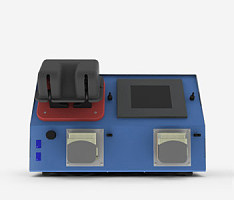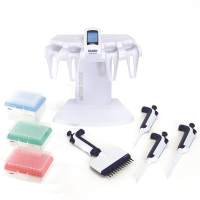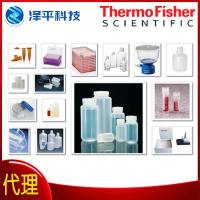Pipet Perfusion Methods: Techniques and Applications
互联网
638
The patch-clamp method was introduced in 1976 (Hamill et al., 1981; Neher and Sakmann, 1976). It has been widely used to study
whole-cell and single-channel currents. In many cases, the experimenter needs to test how changing the pipet solution composition
can affect membrane-channel function (see
Subheading 2.
) Applications of the Pipet Perfusion Technique). This can be accomplished by applying pipets containing different solutions
to different cells or to different membrane patches. The effects are inferred by comparing the properties of currents recorded
under these different conditions. Problems in data interpretation may arise because of cell-to-cell variations in cell membrane-channel
properties. This is especially the case for heterogeneous systems such as the central nervous system (CNS). An alternative
approach is to excise the membrane patch to form inside-out or outside-out patch recording configuration. In this way, the
experimenter can perfuse the bath with various solutions, thus controlling the milieu facing the intracellular (inside-out
patch) or extracellular (outside-out patch) surface of the cell membrane. Potential problems here are channel density (should
be high enough to allow a reasonable chance of recording channel currents from a patch), and the stability of channel function
in cell-free patches.









